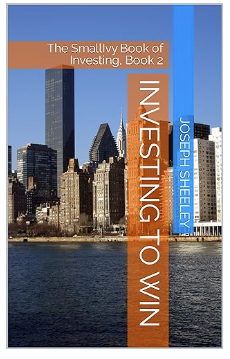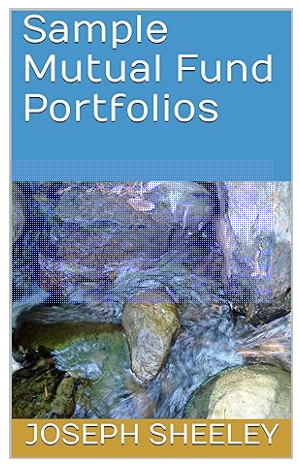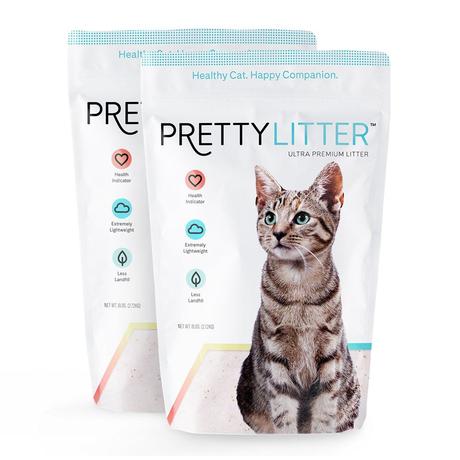
There are several accounts on X talking about how much money you can make on options trading, where you move in and out of options quickly, taking advantage of the large movements these securities have. In the past, the commissions you were paying would destroy rapid traders. That $10 to $25 per trade you were paying would wipe out the small gains that you were making. Commission-free accounts, however, make people think that they can trade as much as they want without cost. There is still a huge cost to options trading called the spread, however, that will eat away at your trades. Today we’ll discuss what it is and what its effects are.
(Note, this site contains affiliate links. As an Amazon Associate I earn from qualifying purchases. When you click on an affiliate link and buy something, The Small Investor will get a small commission for the referral. You are charged nothing extra for the purchase. This helps keep The Small Investor going and free. If you like this article or the many others available for free on this site, please think about visiting Amazon through this link and buy something you need anyway. The Small Investor will get a small commission when you do, again at no cost to you.)
What is the spread?
If you look at a detailed quote for a stock or option, you’ll see two numbers, the bid and the ask. The bid is what someone is willing to pay for the security. The ask is what someone is willing to sell it for. The difference between these two numbers is called the spread.
For example, let’s say that XYZ corporation last traded at $125 per share. There may be someone wanting to buy 100 shares at $124. Someone else may want to sell 500 shares at $126. The spread would be: $126 – $124 = $2 per share.
I’ve been investing for more than 40 years. In that time, I’ve learned a lot about what to do and what not to do. I’ve refined it all down into what I call the “Investing to Win Method.” I’ve put it all in my newest book, Investing to Win. Whether you’re a new investor or someone who is really not getting the kind of returns you desire, you can benefit greatly from reading this book.

Investing to Win
In order for shares to trade hands, a buyer must be willing to pay the ask price or a seller must be willing to sell for the bid price. When that happens, the stock quote moves to whatever value the shares trade at. In the case with XYZ, if a buyer comes in and agrees to pay $126, the stock price would move up to $126. If a seller dropped their price to $124, the price would go down to $124. If people are more eager to buy than sell, the price of XYZ moves up. Otherwise, the price moves down.
Options will also have a spread, but the relative percentages are much higher. For example, you might have a bid price for a call of $4 and an ask of $4.75. That’s $0.75/$4 = 18.75% of the money you would get from selling a covered call (since you get the Bid price). If you turned right around and bought the call back, you’d pay $4.75, losing $0.75 per share or $75 for each call you sold. So, you’re getting $400, but you’re $75 behind before the option price even moves.
Do you know how to select mutual/index funds to maximize your returns? If you’d like a little guidance, check out Sample Mutual Fund Portfolios . This gives sample portfolios you can use for reaching all sorts of different goals, including retirement.

Enter the specialists
You may be asking yourself, “Why do I need to sell at the Bid price and buy at the Ask price? Why don’t I get the better price about half of the time?”
The answer is that there us someone called a “specialist” in the middle of each of these trades. When you put an order in to sell a covered call, the specialist finds someone who wants to buy a call at the same time. The specialist then buys the call from you at the Bid price and sells it to the other person wanting to buy the call at the Ask price. The specialist pockets the spread. Easy, basically no risk money if they know what they are doing.
Each time that you write a covered call, you are paying the spread to a specialist. Each time that you buy a call to close a covered call position, you’re paying another spread to a specialist. The same thing happens when you’re buying a put and then selling it. Those 18%s with each trade you make add up if you’re buying and selling frequently. The people with the big houses on Long Island and in Chicago on the lake are specialists, not day traders.
And what about those brokerages who don’t charge commission? They may be making their money using their own specialists or sending money to specific individuals who give them a kick-back from the trade. Why charge $30 for a trade when you can make $75 or $150 by getting in the middle?
We actually use Pretty Litter and really like it. The bags are light and delivered right to your door. There is no odor. Clean-up is a breeze, just a few seconds a day. And rather than dealing with clumps from urine, is just gets absorbed into the litter and you just change out the liter every few weeks. It even changes colors if you cat has an issue so you can get them checked out!
Give it a try! Click on the picture below to get started and support The Small Investor when you do.

So, what’s the answer?
So, is it worth it to day trade options? Probably not. Theoretically you can make 20%, 50%, 100% per year. In actuality, once all of the fees and paying for the spread gets added in, you will be lucky to clear 5% per year. You could get that in a good dividend stock.
Good investing is all about minimizing expenses. This means trading very infrequently. If a stock has gone way up and you think that it will probably not go higher for a while because earnings need to catch up to the price, maybe write a covered call on some of the shares to make a little income while you wait. But be ready to give up the shares at the price you set the strike and hold the call through expiration.
The more you move up your strike price to avoid losing the shares, the more you’ll be paying to the specialists. You’ll also be putting more money into the stock and moving your cost basis up. Chase a stock for a while and then see it fall before your options expire and you’ll put yourself in a bad position.
Really the best strategy is to just buy shares in great companies and then hold them for decades. Sell a few shares when you need some cash or when a position gets too big, but minimize your trading. When you add the costs in like the spread, you’ll find that you do far better.
Need a good primer on the basics of stocks and bonds, along with other types of investments? Check out SmallIvy Book of Investing: Book1: Investing to Grow Wealthy

Follow me on Twitter to get news about new articles and find out what I’m investing in. @SmalllIvy_SI
Disclaimer: This blog is not meant to give financial planning or tax advice. It gives general information on investment strategy, picking stocks, and generally managing money to build wealth. It is not a solicitation to buy or sell stocks or any security. Financial planning advice should be sought from a certified financial planner, which the author is not. Tax advice should be sought from a CPA. All investments involve risk and the reader as urged to consider risks carefully and seek the advice of experts if needed before investing.
